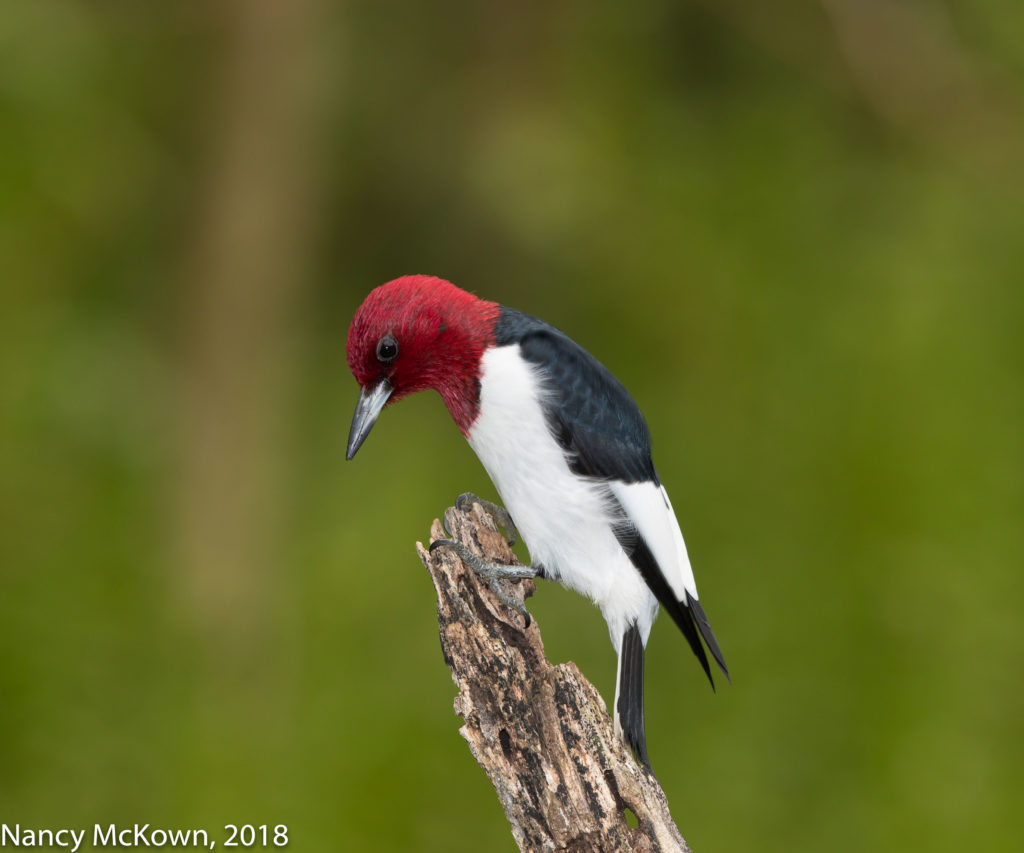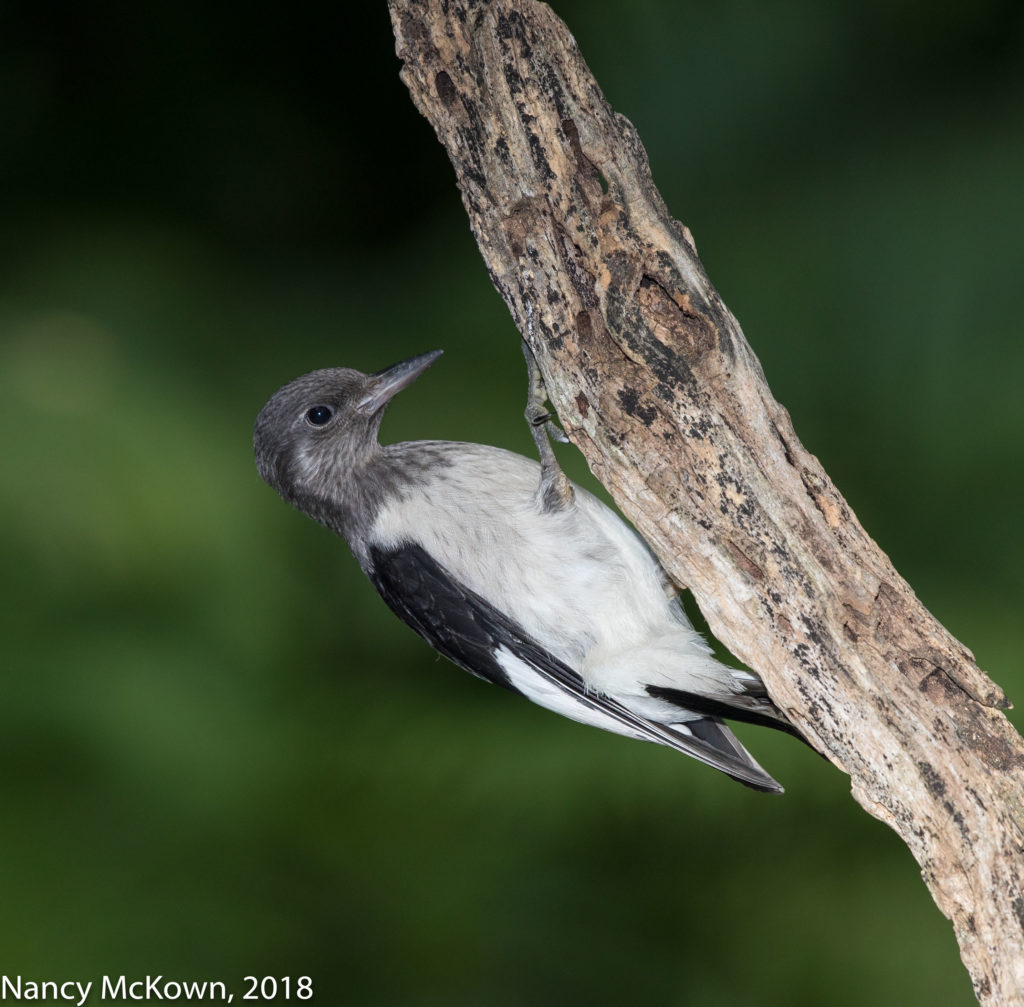The Onset of Fall Migration
It was late July when we saw an out-of-place (for our nesting area) warbler. She was fairly high in the trees, but given her size, shape, color, the poses she assumed, and the distinctly warbler-ish feeding style, I would tentatively ID her as a Yellow Warbler.(Sadly, I was unable to get any ID images.) Was she just bopping about on the fringes of her nesting area, relieved to be free from parental duties, or could it be that she had actually begun her trek south to her wintering grounds?
It’s so easy to get adrenalized about Fall migration. Some of the species who nest in the Canadian north country show themselves in our yard by the first week in August. By mid month, it’s not too much to hope for a wide variety of transients. (NOTE: In the excitement, it’s not uncommon for me to confuse a migrating bird with a local immature bird. We saw what looked like an unfamiliar sparrow. I set up and readied the camera gear, all the while hoping I had spotted an off-course rare bird. I got a couple ID shots. It turned out to be a perfectly common immature Towhee.)
Photographing An Adult and Juvenile Red Headed Woodpecker

Mid Morning Light
ISO400; f/8; 1/250 Second
The Distance Factor
The distance factor is always an issue for bird photographers. Close is better, but if you want to photograph different species of birds, you should consider moving the camera a greater distance away from the subject. Earlier in the summer, I repositioned one of my favorite perches farther back, making sure that I still had a pleasing background of ostrich ferns and low lying branches. Previously, it had been much closer to the library windows and camera gear, and probably too near human activity for the more cautious birds like the Red Headed Woodpecker. This replanted perch did prove to be alluring to new birds, but the added distance also negatively impacted the effectiveness of the camera sensor and the flash extender. In addition, despite the larger Red Headed Woodpecker size, there was still too much frame around the subjects. I had to zoom-in more than usual in post processing.

Early Evening Light
ISO 400; f/8; 1/250 Second
Image Framing
My strategy appeared to work….or perhaps I was just lucky. Both a parent and a juvenile Red Headed Woodpecker took turns alighting on this relocated perch. They still acted cautiously, swooping in and out to look the suet feeder and me over. Mostly, they watched and waited high in the trees. To minimize movement, I aimed the lens to focus on the top of the perch and I had my remote controlled shutter release attached. When they did finally decide to watch me from the perch, I was ready. (NOTE: I also regularly repositioned the camera setup inside the house to take advantage of the transitioning light and the differently colored backgrounds behind the perch.)
Looking Forward to Fall Migration
These two Red Headed Woodpeckers will be heading south to their wintering grounds soon. I look forward to Fall migration. It’s not as hectic, not as rushed as in the Spring. With the biological imperative past, unobstructed delay is in the air. Both birds and birders can relax.









Hi Nancy – My name is Emily Kotecki, Manager of Interpretation at the North Carolina Museum of Art. As part of our campus we have a 164 acre sculpture park. We are opening a new trail in our meadow and including interpretive signage, one of which mentions male and female bluebirds. I’m interested in using this picture from your website: http://nancybirdphotography.com/photographing-eastern-bluebirds-attending-to-their-young/. Can you please email me back regarding image rights? Thank you!